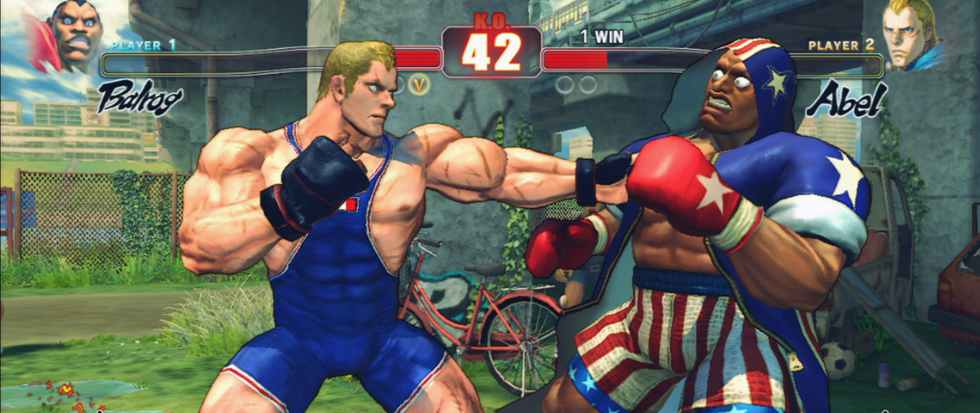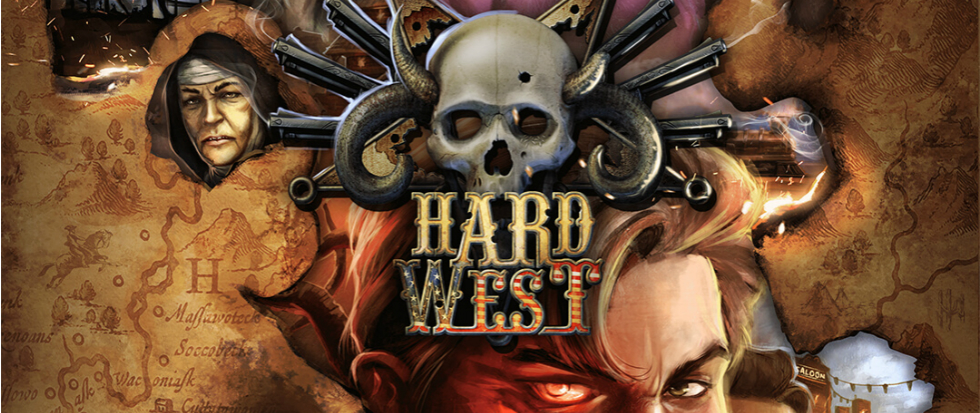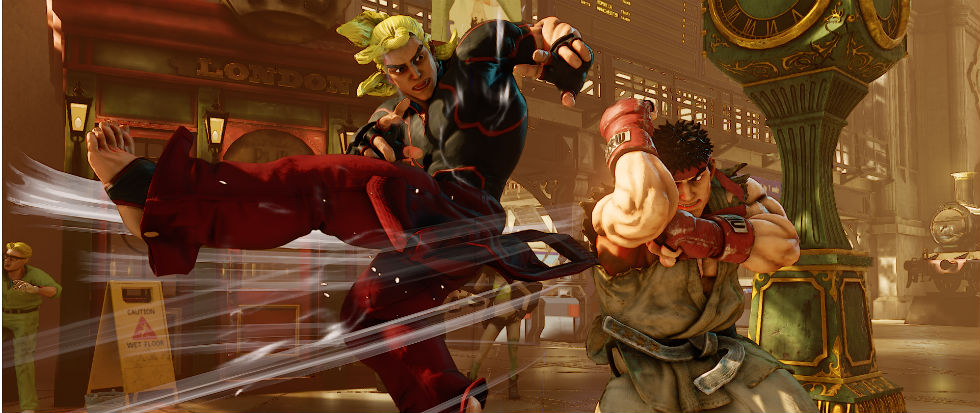
The Heart of Fighting Games
If you have some basic knowledge of videogames, most genres are easy to pick up. Platformers just require you to get acquainted with the direction keys and some action buttons like jumping, attacking or interacting. For shooters, a steady grip on your mouse—or some familiarity with a controller if you’re a console player—is crucial for gunning down assholes. And top down dungeon crawlers, like the Diablo series, will need you to have deeply intimate knowledge of your left mouse button.
But fighting games are different. Picking up fighting games is a little like trying to run a marathon without knowing how to work your muscles and joints. Like with the running simulator QWOP, it’s a struggle to make the coordinately-challenged runner put his legs forward—one after another—without slamming his mug on the track.
Fighting games are a notoriously tough genre to pick up and master, and sinking your teeth into the meat of these games—through the esteemed multiplayer mode—means devoting hours, days, weeks and months to practicing. It’s a steep learning curve to overcome. Many players would have gone through Street Fighter a few times, and upon being soundly defeated by unassuming players with a bagful of quarters at the arcade, would end up deciding that they simply aren’t great at it and moved on. Meanwhile, detractors denounce fighting games as mere button mashers, since playing looks like a gaudy display of wildly jerking the control stick about and pushing random buttons.
Such sentiments towards fighting games aren’t unexpected. Videogames aren’t supposed to be stressful; yet, learning the basic movements like crouching, walking and jumping won’t be enough for you to sail through your duels. You need to have a keen understanding of the advantages and trade-offs of every punch and kick, while sprinkling in some knowledge of game design, human psychology and motivation. Perhaps more. That’s because fighting against real human players with very unpredictable habits and play styles is a demanding sport. You are, after all, trying to discern what your opponent is doing in a fraction of a second. And he or she is trying to do the same to you, too.
These split-second decisions can come instinctively to veterans, which makes such moments some of the most unsullied form of human expression. The whimpering fury of a less experienced player that resulted in repeated obvious mistakes; the calculated moves of a player that sought to trick and manipulate; the legendary tales of combatants who refused to give in even when left with only a sliver of hit points—all these encounters can feel particularly poignant.
Fighting games can be emotive, challenging and technical. As one of the most iconic fighting games of all time, Street Fighter has had a tumultuous relationship with aspiring players, with Capcom often striving—and often failing—to attract new players. Its tutorials are often lacking, and its games are chock full of arcane concepts like Focus Attacks and Super Combos that would make little sense to new players. And up until the latest Street Fighter title, the series released editions after editions of its base game that, aside from introducing new characters, make no sense to most people.
What’s more is that concepts unique to the genre like zoning, spacing and frame trap seem incomprehensible. Sniffing out explanations of these terms means devouring required readings on the internet—and sometimes going through the laborious work of filtering through mechanical details like frame data and hit boxes and whatnot. It’s perplexing and it’s tiring.
Yet it’s these technicalities and the breakneck speed of play that heighten the range of emotions players experience during a fight, like frustration, cool-headedness, arrogance, despair and even elation. Finding an avatar and a play style you are comfortable with and competent in—a fighter you can finally call your own—is a welcomed revelation, even a relief sometimes. Fighting games then become a unique form of expression, vastly different from the other avatars you adopt in other games. Your ability to cope under pressure and your personality are being examined and magnified. You fight, you plot, you get salty, you cuss, you recover, and you get back on your feet. It’s an awe-inspiring spectacle.
Perhaps the downside to these is that only the most devoted of players would be able to partake in this level of play. As fighting games aren’t more accessible, that may hinder the genre from being treated with more gravitas by other videogame players and non-players alike. But I’m not advocating for these games to be easier per se, just that they be easier to pick up without distilling the intricacies inherent to the genre. Democratizing moments like Evo Moment 37 is important. When you’re able to experience the breathless joy of parrying every single attack from Chun Li’s Lightning Kick, and then top it all off with an airborne attack—that’s the moment you become a lifelong fighter.





